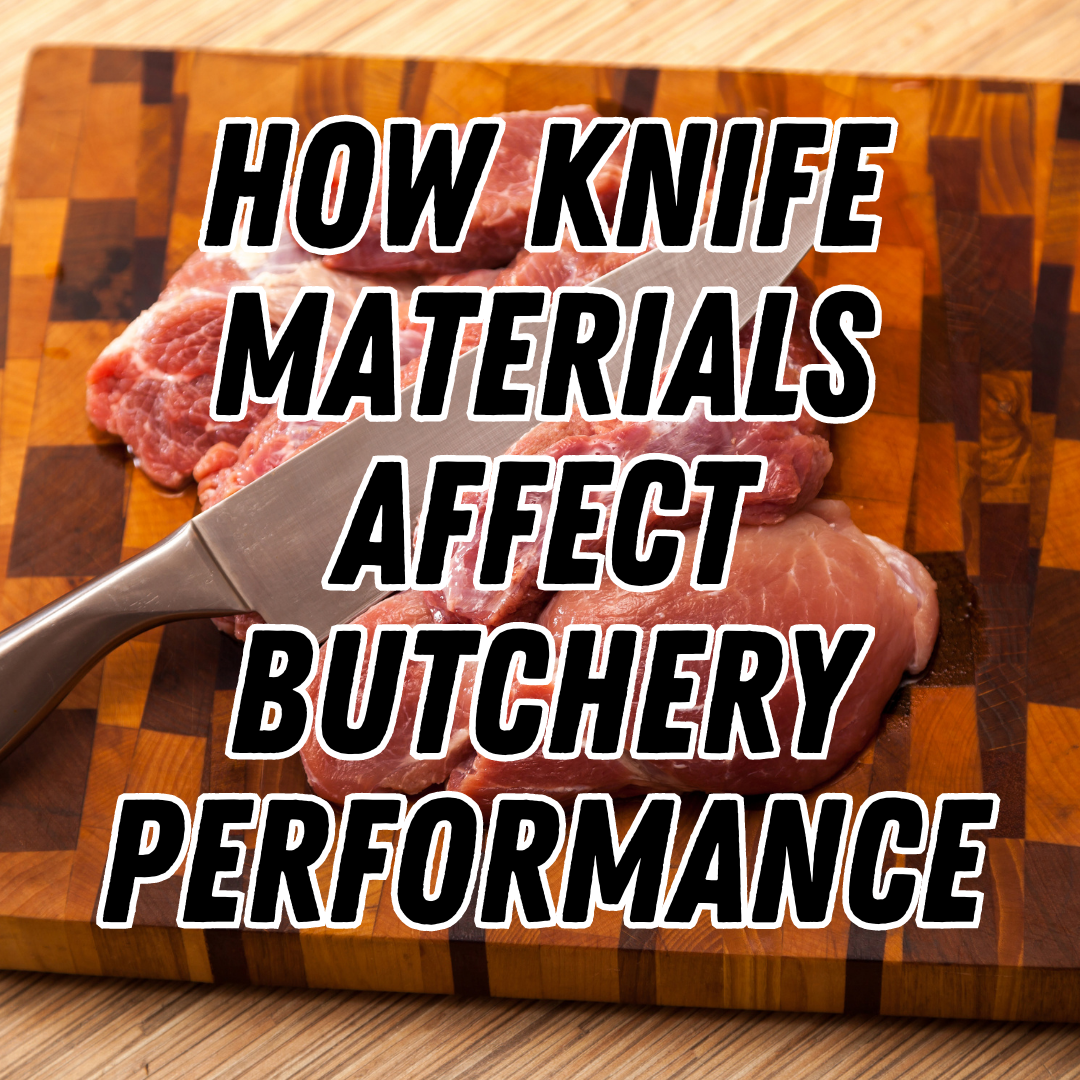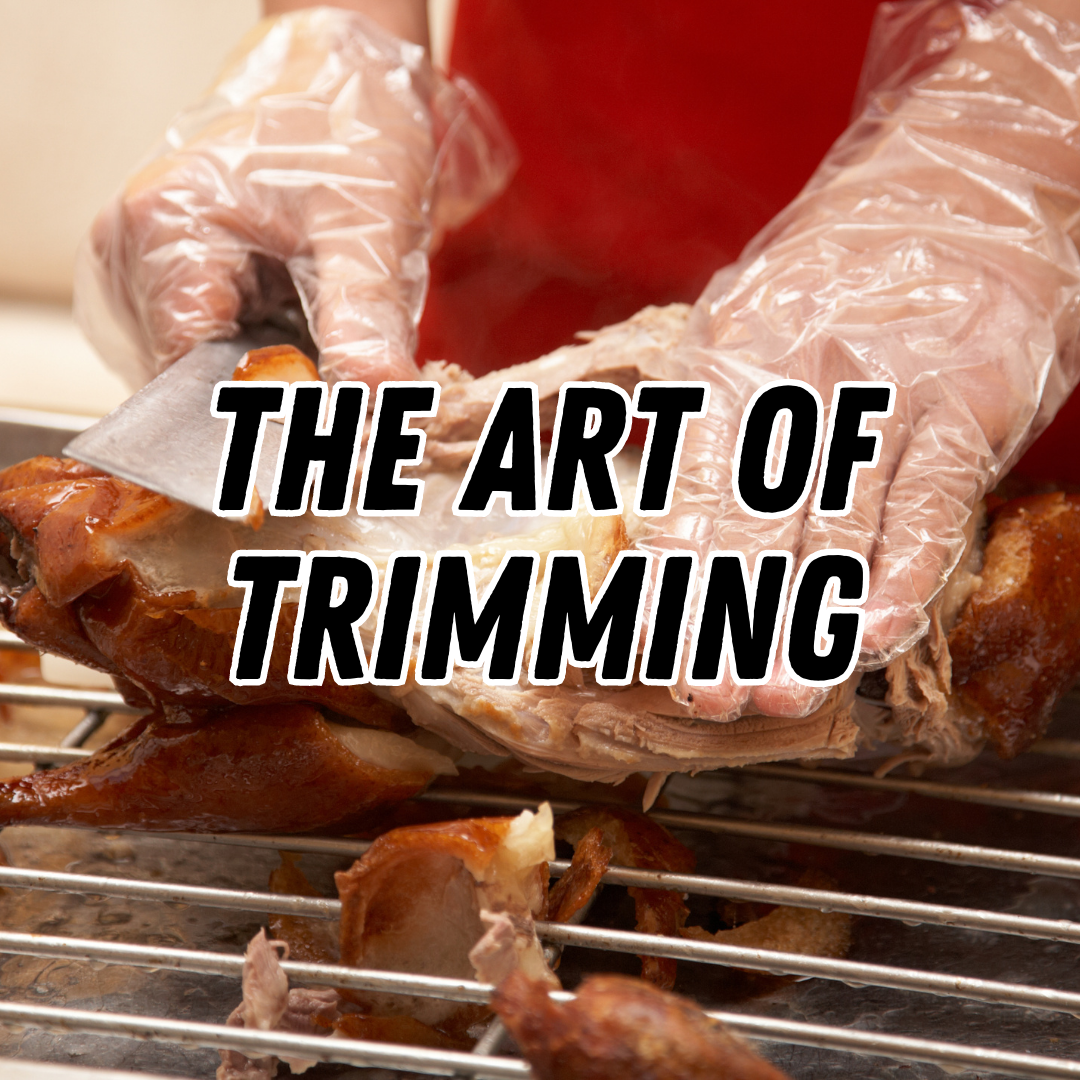Hey there, fellow knife enthusiasts! Have you ever wondered why some knives excel at particular jobs while others struggle? Let's look at the intriguing world of knife metal composition and see where the magic happens.
Understanding the metals that comprise our prized blades is critical for making informed selections regarding the best tool for the job. In the following sections, we'll look at different knife steel kinds, discuss factors to consider when choosing high-quality materials, and provide expert recommendations for preserving blades with varying metal compositions.
Different Types of Knife Steel and Their Characteristics
Understanding the various varieties of knife steel is critical when selecting the best knife for your butchery needs. Each type has distinct qualities that have a direct impact on its performance. Let's look at the many varieties of knife steel and what makes them unique.
Overview of Popular Knife Steel Types
1. Stainless Steel
- Widely used for its excellent corrosion resistance.
- Easy to maintain and less prone to staining.
- Variants like VG-10 offer great edge retention.
2. Carbon Steel
- Loved by professionals for its sharpness and edge retention.
- Requires extra care to prevent rust, but it develops a beautiful patina over time.
- High-carbon steel variants, such as Aogami and O1, are favoured for their performance.
3. Damascus Steel
- Known for its striking patterns and aesthetics.
- Usually, a combination of multiple steel types, providing a unique blend of qualities.
- Damascus steel knives are sought after for their performance and artistry.
Comparing Durability, Sharpness, and Rust Resistance
Each knife steel type has its strengths and limitations, making it essential to consider your specific needs and preferences.
Durability: Carbon steel knives tend to excel in this area, with high-carbon variants being exceptionally robust. Stainless steel knives are also durable but may be more susceptible to chipping.
Sharpness: Carbon steel knives are known for their exceptional edges and ease of sharpening. Stainless steel knives can also achieve impressive sharpness but require more effort to sharpen.
Rust Resistance: Stainless steel is the clear winner in rust resistance, making it ideal for those who prefer low-maintenance knives. Carbon steel knives can be vulnerable to rust, but proper care can mitigate this issue.
Remember that each knife steel type is unique, and the best choice depends on your intended use and maintenance habits. A high-quality knife made from the right steel can be a valuable asset in your culinary journey, ensuring precision, efficiency, and a delightful experience in the kitchen.
Factors to Consider when Choosing High-Quality Knife Materials
When selecting the perfect knife for your butchery needs, the metal composition is crucial in determining its performance. Each task requires a specific set of qualities from the blade, and understanding these factors will help you make an informed decision.
Importance of Selecting the Right Metal Composition for Specific Tasks
Consider the primary tasks you'll be performing with your knife. Are you slicing through boneless cuts or handling tougher meats that demand more force? Different knife steels offer varying hardness, toughness, and edge retention, catering to specific cutting requirements.
Evaluating Hardness, Toughness, and Edge Retention
Hardness affects how well the knife can hold its edge, while toughness determines its resistance to chipping or breaking during heavy-duty use. A balance between these properties ensures your blade can withstand the demands of butchery.
Optimising Performance with the Right Knife Steel
Choosing the correct knife steel is crucial to achieving top-notch performance in the art of butchery. Different tasks demand specific characteristics from your blade, and understanding how various alloying elements impact performance can make all the difference.
Matching Knife Steel to the Butchery Task at Hand
When slicing through tender cuts of meat, you'll want a knife steel that boasts excellent sharpness and edge retention. For this purpose, high-carbon stainless steels like VG-10 are popular choices. On the other hand, when tackling tougher cuts that require more robustness, a carbon steel blade, such as AEB-L or 1095, offers exceptional durability and ease of sharpening.
Understanding the Impact of Alloying Elements on Performance
The secret behind a knife's superior performance lies in its alloying elements. Elements like chromium enhance the blade's corrosion resistance, while vanadium aids in achieving finer-grained steel, leading to better sharpness retention. Molybdenum contributes to increased toughness, making the knife more resilient to chipping or cracking.
Selecting the right knife steel will elevate your butchery skills as you embark on your culinary journey. The joy of effortless cutting and precision will be yours to savour, ensuring memorable dining experiences for you and your loved ones.
Caring for Knives with Different Metal Compositions
Taking care of your knives is essential to maintaining their performance and longevity. Proper maintenance varies based on the type of knife steel you have. Here's a guide to help you keep your knives in top shape and avoid common mistakes.
Proper Maintenance Based on the Type of Knife Steel
- Stainless Steel Knives:
- Handwash with mild soap and warm water to prevent corrosion.
- Avoid abrasive sponges or cleaners that can damage the steel's surface.
- Regularly dry the blade after washing to avoid water spots.
- Carbon Steel Knives:
- Handwash immediately after use to avoid rusting.
- Apply a thin layer of oil to the blade to protect it from moisture.
- Consider patina development as a natural way to protect the steel.
- Damascus Steel Knives:
- Avoid dishwashers, as the high heat and chemicals can damage the pattern.
- Handwash and dry immediately after use to preserve the unique appearance.
- Apply mineral oil to prevent oxidation and maintain the blade's beauty.
Avoiding Potential Pitfalls and Common Mistakes
- Don't leave knives soaking in water for extended periods.
- Avoid using the wrong cutting surface that can dull or chip the blade.
- Don't use knives for tasks beyond their intended purpose, like prying.
Remember, each knife steel has its specific needs, and proper care will ensure your knives perform at their best, making your culinary experiences enjoyable and efficient. Treat your blades carefully, and they'll reward you with years of exceptional service in your kitchen.
Emerging Knife Steel Technologies and Trends
As technology and metallurgy continue to advance, the world of knife steel is also evolving. Exciting new materials are being developed, promising even better performance and durability for butchery enthusiasts. In this section, we'll take a glimpse into the innovative knife steel materials that are shaping the future of cutlery.
Introduction to Innovative Knife Steel Materials
One such ground-breaking material is powder metallurgy steel (PM steel). This advanced process involves mixing fine particles of different elements, resulting in a more homogeneous and refined steel structure. PM steel offers improved toughness, wear resistance, and edge retention, making it a game-changer in cutlery.
Exploring the Future of Knife Metal Composition
We can expect further improvements in traditional knife steels, with manufacturers fine-tuning their alloy recipes for better performance. Additionally, non-traditional materials such as high-tech ceramics and new alloys may find their way into the market, bringing unique properties and challenges.
Conclusion
Different types of knife steel offer unique characteristics, from stainless steel's corrosion resistance to carbon steel's exceptional sharpness. Understanding these variations helps you make informed choices.
When choosing a knife, prioritise your tasks and match the steel accordingly. Proper maintenance is key—regular honing, handwashing, and safe storage will extend your knives' life.
With this knowledge, you can make the best cutlery decisions for your needs. Happy butchering!




